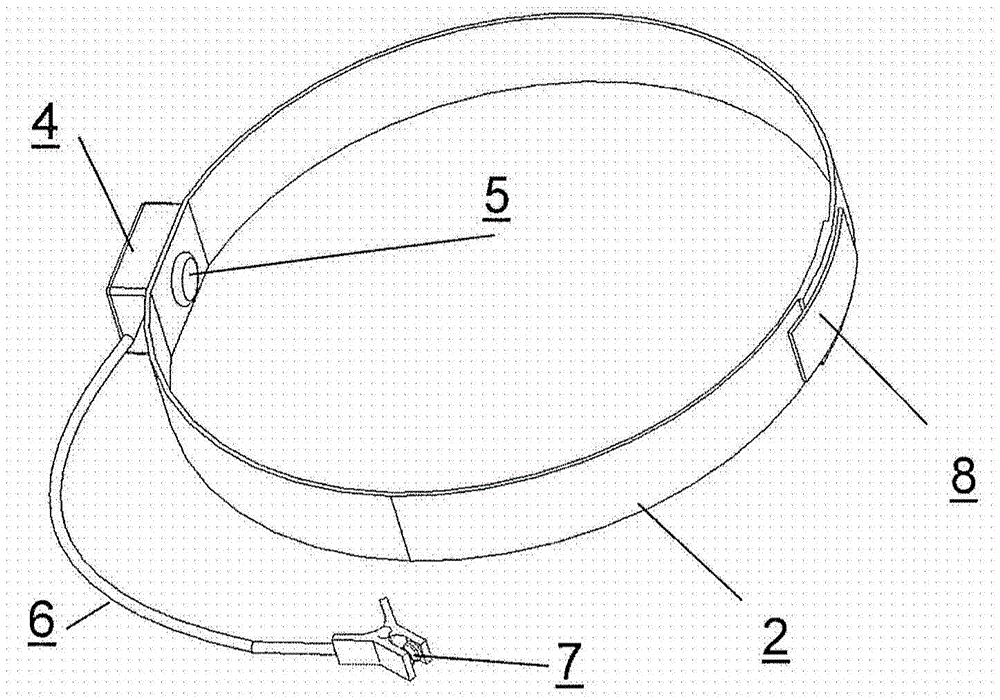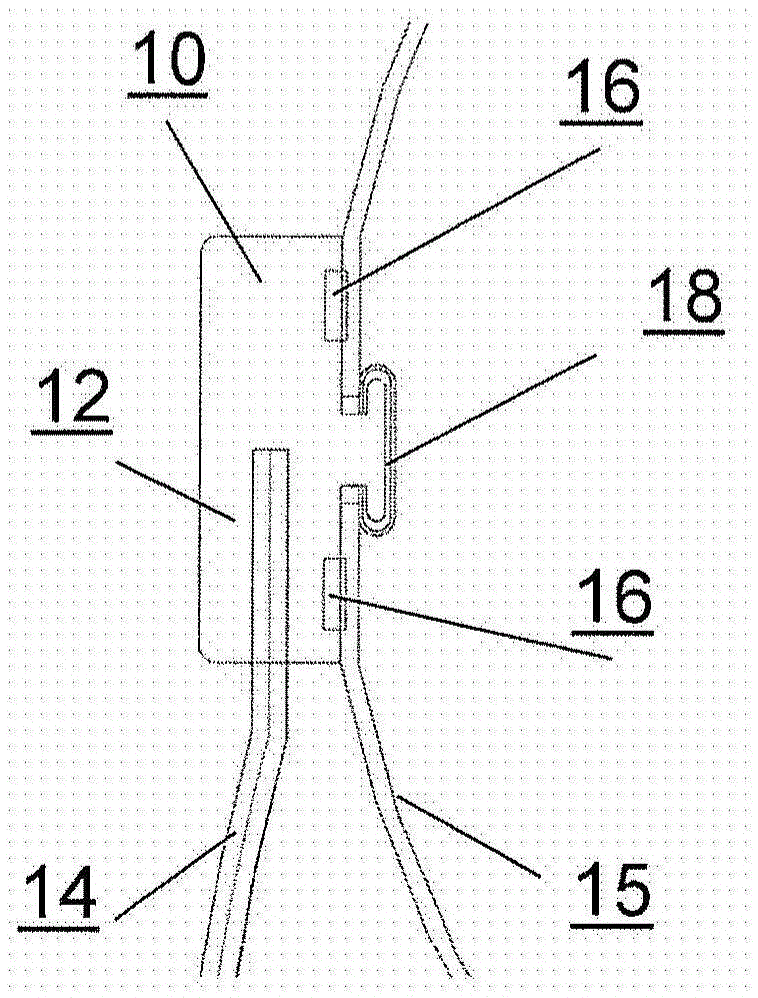Form factors for the multi-modal physiological assessment of brain health
A health, brain wave technology, applied in the field of diagnosis and analysis of brain health, can solve problems such as bulky equipment
- Summary
- Abstract
- Description
- Claims
- Application Information
AI Technical Summary
Problems solved by technology
Method used
Image
Examples
Embodiment approach
[0158] Applying sensory stimuli to the patient enables a more focused and detailed assessment of the multimodality of the biosignal data stream. Multimodal data can be acquired by measuring EEG signals while synchronously acquiring accelerometer-based signals, temperature signals, and other biosignals before, during, and / or after a patient's sensory stimulation or cognitive challenge.
[0159] visual stimulation
[0160] Visual stimuli may be utilized independently or through a data capture microprocessor device (MCU), such as light stimulation when the subject's eyes are closed or through the presentation of certain types of expressive photographic images. (MCU) (computer, tablet PC, mobile phone, or other dedicated custom-made device with a microprocessor and wireless connectivity) used to collect wireless biosignal data from various REM units on the head, hand / wrist, or foot / ankle . Various graphical assessments are displayed on the data capture display, where the patie...
Embodiment 1
[0218] Example 1. Creation of Remote Calibration Cable Assemblies for Remote Quality Control Purposes
[0219] Calibration and quality control cables were constructed using a soldering iron, resistors, stereojackpins, wires, and alligator clips. The voltage divider consists of an upper 1 / 4 watt resistor (wattresistor) of 100 ohms (Ω) and a lower 1 / 4 watt resistor of 1,000,000 ohms or 1 MΩ, divided by a factor of 10 4 The reference signal was scaled down from 1 volt to 100 μV and from 50 mV to 5 μV. These buck signals are thus in the typical physiological range of 1 μV to 100 μV and thus can be used for evaluation and calibration of the EEG system. Metal film resistors with tighter tolerances can also be used if desired. This cable can be attached to the REM output and wired directly to the REM input to calibrate and confirm that the system is working. Alternatively, this same design could be adapted to sit on an internal printed circuit board and verify system calibration i...
Embodiment 2
[0220] Example 2. Use of stand-alone accelerometers to confirm balance and posture.
[0221] A pair of USB accelerometer model X6-1A electronic REM modules were purchased from GulfCoast Data Concepts. Experiments were performed with these 3-axis accelerometers and used in the evaluation of human motion and stability. Data acquisition and display software was installed on a Dell Latitude E6520 notebook computer. Analysis was performed in JMPProv10 from SAS. Features of these accelerometers include the fact that they transmit data through any USB port on a notebook computer; they have a user-selectable + / - 2g acceleration range; 160 Hz user selectable sampling frequency, and 12-bit or 16-bit REM internal resolution. Experiments were performed with the REM attached to an elastic wrist or ankle strap for simultaneous human motion data capture and stability analysis in two positions.
[0222] In order to calibrate the accelerometer on-site before each use, the inventor devised a ...
PUM
 Login to View More
Login to View More Abstract
Description
Claims
Application Information
 Login to View More
Login to View More - R&D
- Intellectual Property
- Life Sciences
- Materials
- Tech Scout
- Unparalleled Data Quality
- Higher Quality Content
- 60% Fewer Hallucinations
Browse by: Latest US Patents, China's latest patents, Technical Efficacy Thesaurus, Application Domain, Technology Topic, Popular Technical Reports.
© 2025 PatSnap. All rights reserved.Legal|Privacy policy|Modern Slavery Act Transparency Statement|Sitemap|About US| Contact US: help@patsnap.com



